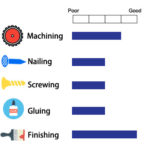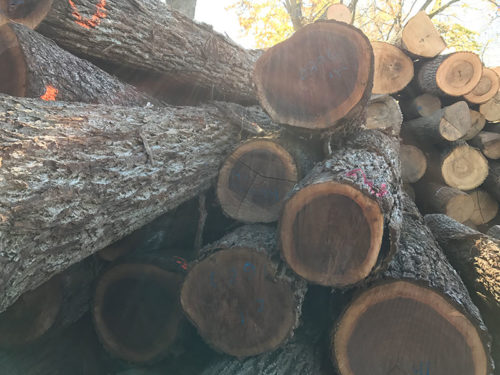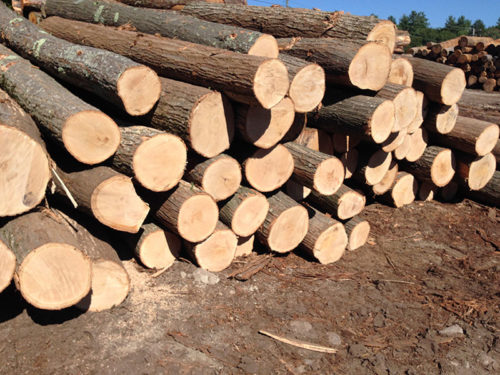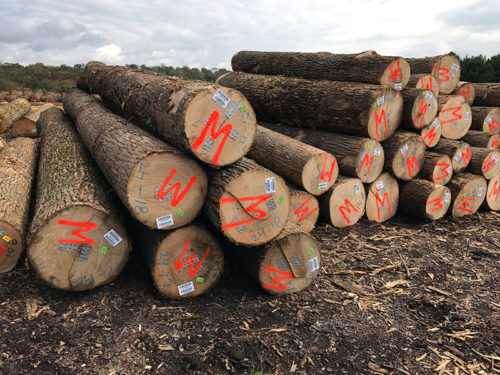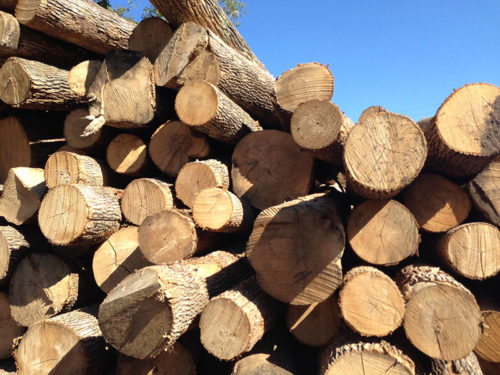In most respects the wood of soft maple is very similar to that of hard maple, although due to its widespread growth it may be more susceptible to regional colour variations. Generally the sapwood is greyish white, sometimes with darker coloured pith flecks, and the heartwood varies from light to dark reddish brown. The wood is usually straight grained. The lumber is generally sold unselected for colour.
Soft Maple
- General description
- Distribution & Availability
- Working Properties
- Physical & Mechanical Properties
- Main Uses
General description
In most respects the wood of soft maple is very similar to that of hard maple, although due to its widespread growth it may be more susceptible to regional colour variations. Generally the sapwood is greyish white, sometimes with darker coloured pith flecks, and the heartwood varies from light to dark reddish brown. The wood is usually straight grained. The lumber is generally sold unselected for colour.
Distribution & Availability
Wide distribution throughout Eastern USA, however, Pacific coast/big leaf maple (Acer macrophyllum) grows exclusively in the Pacific Northwest. Availability is improving as demand increases in export markets.
Working Properties
Soft maple machines well and can be stained and polished to an excellent finish. It glues, screws, and nails satisfactorily. It dries slowly with minimal degrade and has good stability which means there is little movement in performance.
Physical & Mechanical Properties
Soft maple is about 25% less hard than hard maple, has medium bending and crushing strength, and is low in stiffness and shock resistance. It has good steam bending properties.
Main Uses
Furniture, panelling, interior joinery, kitchen cabinets, mouldings, doors, musical instruments, and turning. Soft maple is often used as a substitute for hard maple or stained to resemble other species such as cherry. Its physical and working properties also make it a possible substitute for beech.


